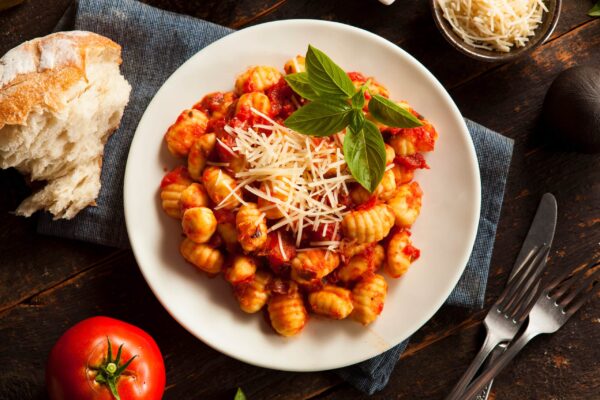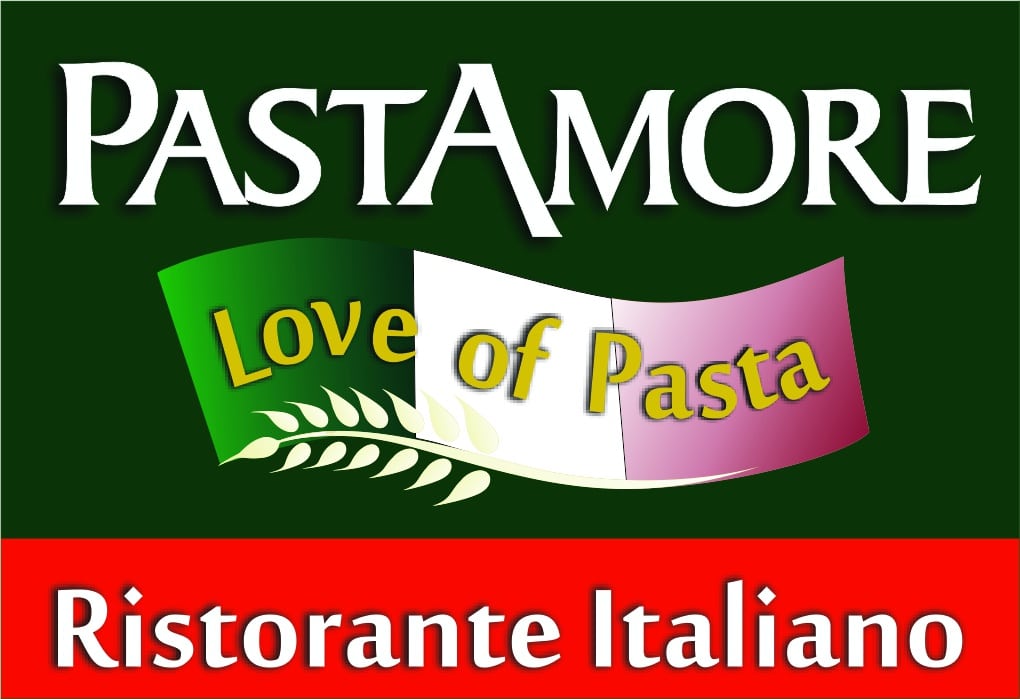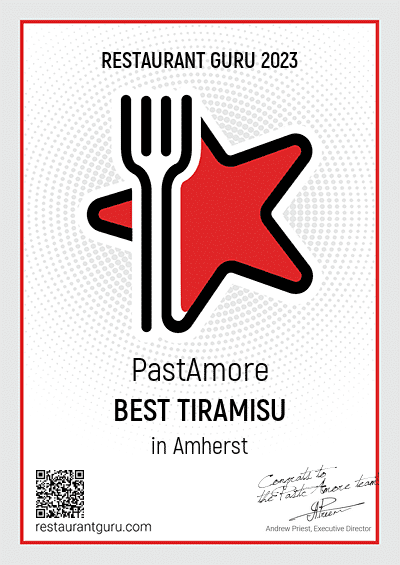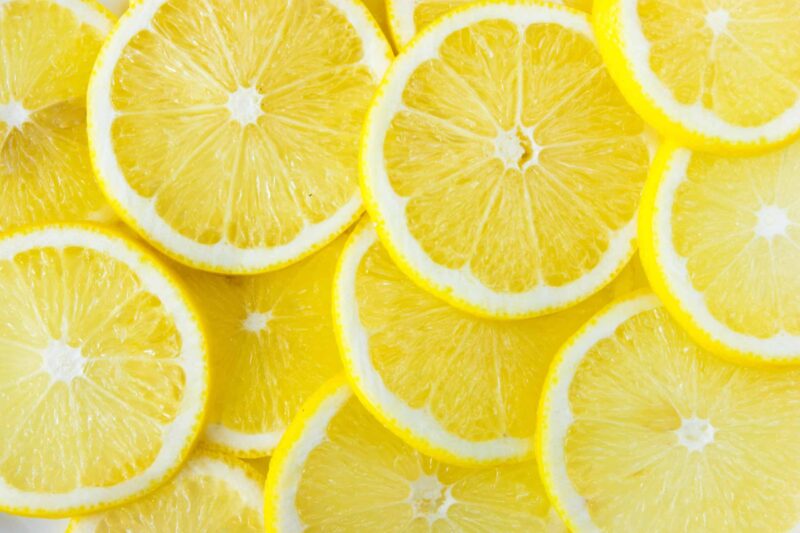When it comes to Italian cuisine, gnocchi has stood the test of time in regard to its humble ingredients that have proven to be versatile for centuries. This dish captures the essence of a comfort meal along with its unique combination of flavors and textures. In honor of our love for this dish, one of your favorite Italian restaurants, Pastamore, is talking about all things gnocchi, from its history, all the way to what makes it so special!
History of Gnocchi
The origins of gnocchi can be traced back to ancient civilizations, where various forms of dumplings were created using locally available ingredients. The name “gnocchi” is believed to come from the Italian word “nocchio,” meaning a knot in wood, reflecting their knobby appearance. Early versions of gnocchi were made from a mix of flour, water, and sometimes cheese.
However, it wasn’t until the introduction of the potato to Europe in the 16th century, originating from the New World, that gnocchi underwent a transformation. Potatoes replaced traditional ingredients, and gnocchi gained a newfound lightness and tenderness. This change in ingredients brought about the potato gnocchi that we know and love today!

What Makes It So Good?
When it comes to gnocchi’s texture, achieving the perfect balance between softness and resilience is crucial. When prepared correctly, gnocchi are pillowy and tender. They’re also masters at absorbing the flavors of the sauces they’re served with. Whether it’s a classic marinara, a rich Gorgonzola cream, or a sage-infused butter sauce, gnocchi act as perfect vehicles for the delicious sauces they’re made with!
Gnocchi can be adapted to suit a range of dietary preferences and culinary innovations. From gluten-free options made with alternative flours to variations incorporating vegetables like spinach or pumpkin, gnocchi offer an ever-expanding canvas for creativity.
How It’s Made
Gnocchi are made by combining cooked and mashed potatoes with flour, creating a dough that’s tender and pliable. The key lies in finding the right balance between these ingredients – too much flour can result in dense gnocchi, while too little can lead to a sticky dough. Once the dough is formed, it’s gently kneaded and divided into smaller portions. These portions are then rolled into long ropes and cut into bite-sized pieces.
To achieve the signature ridges that help the sauce cling to the gnocchi, the dumplings can be rolled over a fork or a gnocchi board. The gnocchi are then briefly boiled until they float to the surface, indicating they’re cooked.
Visit One of Your Favorite Restaurants, Pastamore!
Whether you’re in the mood for gnocchi or a hearty dish of pasta, we have a little bit of everything to satisfy your tastebuds over here at one of your favorite restaurants, Pastamore! For more information on all of our delicious food options, we encourage you to check out our online menu today! In the meantime, we look forward to dining with you!
Follow us on Facebook for the latest updates or call (603) 578-9696 to place an order with us today!




